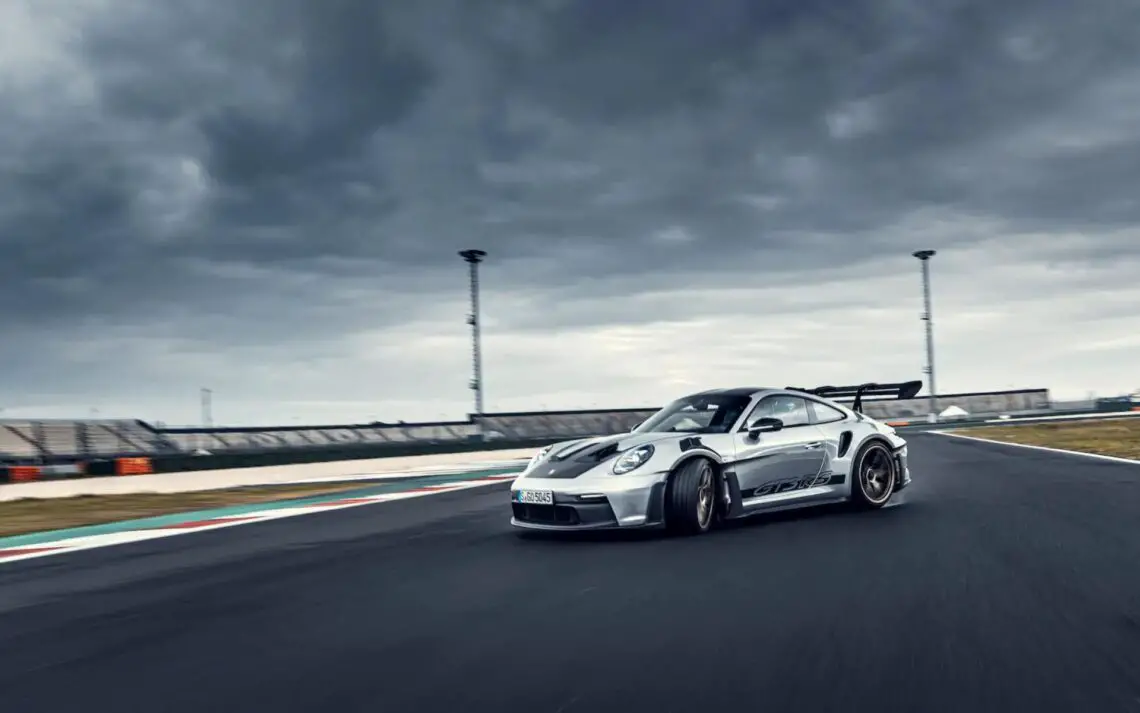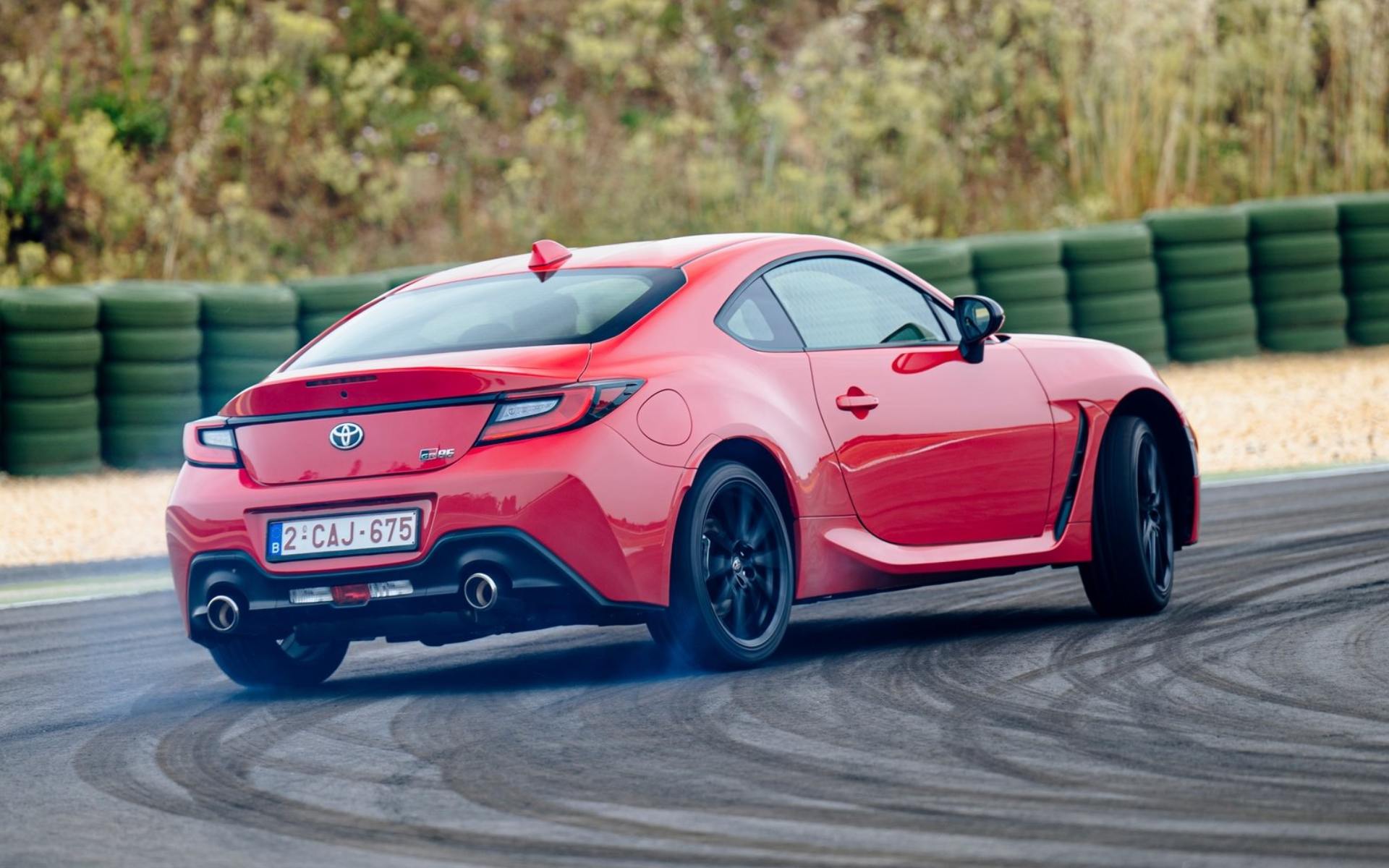Once and for all, what is the difference between understeer and oversteer?
Two terms
Anyone who has ever taken a corner too fast has probably experienced it: the car doesn’t do exactly what you want. You turn the wheel, but the car seems to have a plan of its own. That’s when understeer or oversteer occurs – two terms that are often confused, but are actually quite different. Time to clear that up once and for all.
What is understeer?
Understeer occurs when the front wheels lose grip. You steer into the corner, but the car slides straight ahead – as if it refuses to turn the corner. The nose of the car “pushes” outward, while you want it to go inward. The cause is usually too much speed or too little weight on the front axle, so the tires don’t maintain enough grip.
Front-wheel-drive cars suffer from this most often. When you dive too hard into a corner, the front axle has to both steer and drive – a big job. The solution? Release the throttle gently and keep steering steadily. As soon as the weight returns to the front wheels, they regain grip and the car usually follows the right line by itself.
And what is upset then?
Oversteer is the exact opposite. In this case, the rear wheels lose their grip, causing the rear end to break out. The car turns into the corner, so to speak, harder than your steering position indicates. This can look spectacular – think of drifting sports cars – but in everyday traffic it is not desirable.
Rear-wheel-drive cars are known to be more susceptible to oversteer, especially if you suddenly release the throttle in a corner – known as lift-off oversteer – or just give too much throttle. The rear then wants to “overtake,” with the result that the car begins to slide. The solution: counter-steering and using the gas pedal very subtly.

Why is the difference important?
It is helpful to know exactly what your car does in such situations, especially on slippery road surfaces or at high speeds. Modern cars have electronic assistance systems such as ESP (Electronic Stability Program), which intervene if there is too much under- or oversteer. Nevertheless, the feel of the car – and your reaction to it – is still decisive.
In short, understeer means the car goes straight ahead when you want to enter the corner. With oversteer, it turns in too sharply. In other words: understeer causes the nose to slide, oversteer causes the butt to slide. And now you know once and for all what the difference is.
Read also: Bold: BYD wants to conquer Japan with this special car

